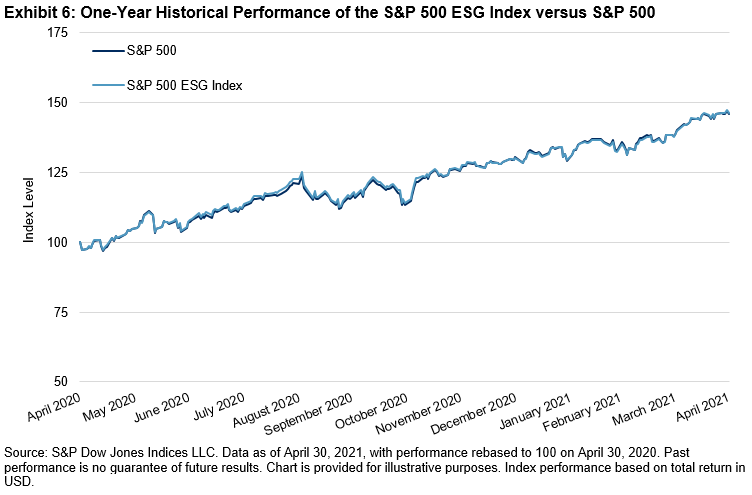Not all small-cap indices are identical. Indices within the same market cap range can have varied performance in different markets. We studied the S&P Developed SmallCap and S&P Emerging SmallCap for their performance, volatility, and sector allocation in different market segments.
The S&P Global SmallCap is a widely used benchmark representing the global small-cap market. Made up of the S&P Developed SmallCap and S&P Emerging SmallCap, it covers 9,236 stocks from 25 developed and 25 emerging countries/regions as of April 30, 2021. Both subindices are float-market-capitalization weighted and reconstituted annually in September, the same as their benchmark.
Using monthly return data in U.S. dollars, the S&P Developed SmallCap outperformed the S&P Emerging SmallCap in 165 out of 316 months from Dec. 30, 1994, to April 30, 2021, displaying a 52.2% outperformance hit rate. On the other hand, the S&P Emerging SmallCap exceeded the S&P Developed SmallCap performance in 151 out of 316 months during the same period.
Exhibit 1 shows the return/risk comparison between the S&P Developed SmallCap and S&P Emerging SmallCap. The S&P Developed SmallCap did better in most of the periods, while the S&P Emerging SmallCap outperformed over the 20-year period. The S&P Emerging SmallCap had higher volatility during all the periods studied.

Exhibit 2 shows the 12-month rolling volatility since Dec. 31, 1994, where volatility is calculated as the annualized standard deviation of the monthly total return in U.S. dollars. While the S&P Emerging SmallCap has been more volatile than the S&P Developed SmallCap for most of the time observed, the S&P Developed SmallCap appeared to be riskier than the S&P Emerging SmallCap from December 2018 to April 2021, except from July 2020 to October 2020.

Historically, the S&P Emerging SmallCap has been more closely correlated to the emerging market, as measured by the S&P Emerging BMI, compared with the correlation between the S&P Developed SmallCap and the S&P Developed BMI (see Exhibit 3). This means that in emerging markets, the small-cap stocks have been more closely related to the broader market than small-cap stocks in developed markets over the studied period.

The sector exposure displayed in Exhibit 4 shows that as of April 30, 2021, both the S&P Developed SmallCap and S&P Emerging SmallCap have more weight allocated to Industrials, Information Technology, and Consumer Discretionary than other sectors. The S&P Emerging SmallCap is more overweighted in Materials, Utilities, and Consumer Staples than the S&P Developed SmallCap, while the S&P Developed SmallCap is more overweight in Health Care, Financials, and Industrials than the S&P Emerging SmallCap.

From year-end 1994 to the end of April 2021, the S&P Developed SmallCap delivered better returns overall, while the S&P Emerging SmallCap generally exhibited higher volatility. The difference in sector exposure may reflect the economic development and opportunity in different markets. While investing in small caps may offer potential long-term outperformance, it is important to consider the characteristics exhibited in different markets.
The posts on this blog are opinions, not advice. Please read our Disclaimers.























































